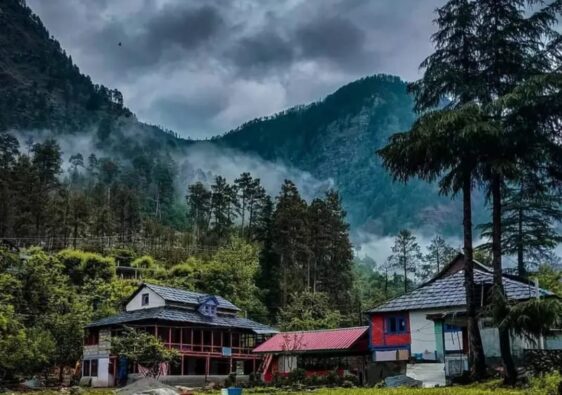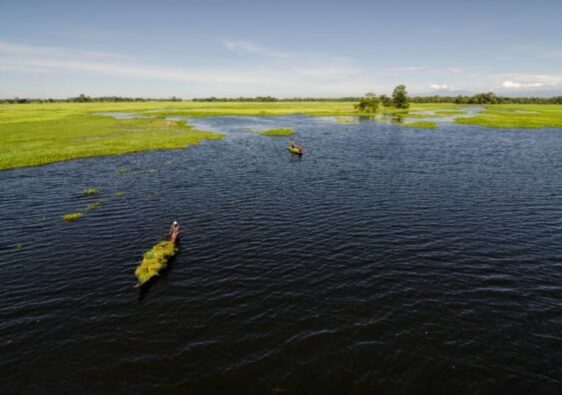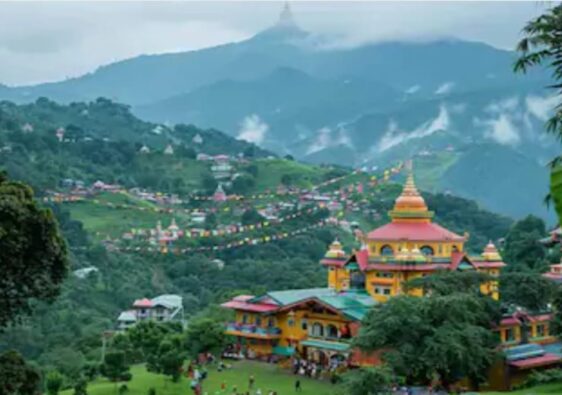If you’re looking for a destination in Japan that combines stunning nature, deep history, and a peaceful atmosphere, Nikko should definitely be on your list. Tucked away in the mountains of Tochigi Prefecture, just a couple of hours from Tokyo, Nikko is like a hidden gem waiting to be explored.
I recently spent a few days in this charming town, and it was one of the most relaxing and beautiful trips I’ve ever taken in Japan. In this blog, I’ll share my experience and some tips for making the most of your visit to Nikko Japan.
Nikko Japan is surprisingly easy to get to. From Tokyo, I took the Tobu Rail Line from Asakusa Station, which goes directly to Tobu-Nikko Station. The ride took about two hours and offered some great countryside views along the way. There’s also a JR option if you have a Japan Rail Pass, which might be handy for international travelers.
Once I arrived at the station, I was greeted by fresh mountain air and a quiet, small-town vibe—something I’d been craving after the hustle and bustle of Tokyo.
I chose to stay in a traditional ryokan (Japanese inn), and it was such a great decision. Sleeping on tatami mats, soaking in an onsen (hot spring bath), and eating delicious seasonal meals made the experience even more special. Many ryokans in Nikko are located near the river or in the forest, which adds to the peaceful feeling of being close to nature.If you’re on a budget, there are also hostels and guesthouses that are cozy and welcoming.
Day 1: Exploring the Shrines and Temples
My first stop in Nikko was the UNESCO World Heritage site: the Shrines and Temples of Nikko. The most famous one is Toshogu Shrine, which is the resting place of Tokugawa Ieyasu, the founder of the Tokugawa shogunate. The architecture here is absolutely stunning—covered in gold leaf, colorful carvings, and surrounded by tall cedar trees.
I also visited Futarasan Shrine and Rinno-ji Temple, both just a short walk from Toshogu. It was fascinating to learn about the religious history of the area, and walking through the peaceful forest paths made the experience feel even more spiritual.

Don’t miss the famous “See No Evil, Speak No Evil, Hear No Evil” monkeys carved at the entrance of Toshogu Shrine!
Day 2: Nature and Waterfalls
On my second day, I took a bus up the Irohazaka Winding Road to Lake Chuzenji and Kegon Falls. This area is especially beautiful in autumn when the leaves turn bright red and orange.
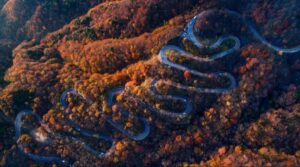
Lake Chuzenji is a calm, clear lake at the foot of Mt. Nantai. I rented a small paddle boat and just floated around, enjoying the view. Nearby is Kegon Falls, one of Japan’s top three waterfalls. It’s absolutely breathtaking! You can take an elevator down to a viewing platform for a close-up look.
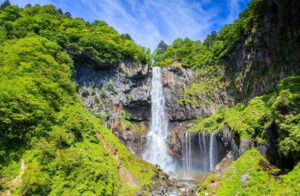
If you have more time, there are several hiking trails in the Nikko National Park, ranging from easy walks to more challenging mountain hikes.

Day 3: Local Food and Hidden Gems
No trip is complete without trying the local food. Nikko is famous for yuba, or tofu skin. It might sound simple, but it’s incredibly tasty and can be found in many forms—fried, in soups, or as sushi. I tried a yuba lunch set at a local restaurant near the temple area, and it was surprisingly filling and flavorful.
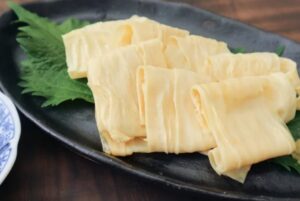
I also visited a small café that served matcha (green tea) and traditional Japanese sweets. Sitting by the window with a warm cup of tea while looking out at the forest was one of the most relaxing parts of the trip.
Later, I stumbled upon a lesser-known spot called Kanmangafuchi Abyss, a short walking trail along the Daiya River. The path is lined with dozens of Jizo statues, which are believed to protect travelers and children. Some people say the statues change positions when you’re not looking—it added a bit of mystery to the quiet walk!
Tips for Visiting Nikko
- Get a Nikko Pass: If you’re coming from Tokyo, the Tobu Nikko Pass is a good deal. It includes round-trip train fare and unlimited bus rides in the area.
- Wear comfortable shoes: There’s a lot of walking, especially around the temples and natural areas.
- Bring layers: The weather can be cooler in the mountains, even in summer.
- Avoid the crowds: Weekdays and early mornings are the best times to visit the popular spots.
